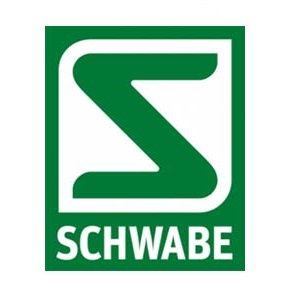| Requirement | |
|---|---|
| Investment Amount | - |
| Land Area | - |
| Return on Investment | - |
| Franchise | https://www.schwabeindia.com/ |
Important Notes
No details found.Enquiry: 0120-4016500 (Mon-Fri 9:30AM-5:30PM. Except Holidays)
In the middle of the 19th century, homoeopathic preparations were in great demand. The preparations of those days were manufactured by pharmacists which varied in quality, sometimes even of questionable quality. A German pharmacist, Dr Willmar Schwabe (1839 – 1917), one of the pioneers in homoeopathy, was so dissatisfied with this situation that he had the motive action to set quality standards for the production of homoeopathic medicines. His work and commitment have been a binding legacy for Schwabe Group up to the present day. In 1866, two years after his qualification as a pharmacist, he founded his own company "Homöopatische Centralofficin Dr Willmar Schwabe" (Central Homoeopathic Dispensary Dr Willmar Schwabe). The foundation of this company was to become a milestone in medical history. He developed analytical methods and defined pharmaceutical technical processes for homoeopathic drug materials. He introduced quality controls and organised the cultivation of medical plants. In accordance with his stringent quality criteria, homoeopathic preparations were produced. More than 700 regional dispensaries distributed throughout Germany, Europe and all over the world were added to the original "Centralofficin" in Leipzig. Having inaugurated the first homoeopathic policlinic in Leipzig, Schwabe started his activities in the fields of health and social politics. In 1866 he founded a publishing house specialising in literature for both the medical profession and the public.
In 1872, he produced the standard work for homoeopathic pharmaceuticals – the "Pharmacopoea Homoeopathica Polyglottica", which gave minutely detailed instructions on the production of homoeopathic medicines. It was another milestone in homoeopathy. Soon, Schwabe´s work gained worldwide recognition and was translated into many languages. In 1934, a new edition was published as the official "Deutsches Homöopatisches Arzneibuch" (German Homoeopathic Pharmacopoeia), which is now incorporated into the homoeopathic section of the official German Pharmacopoeia.


